Paris street art: between bottom-up and top-down tendencies?
Elizaveta Turgeneva | 10 avril 2017
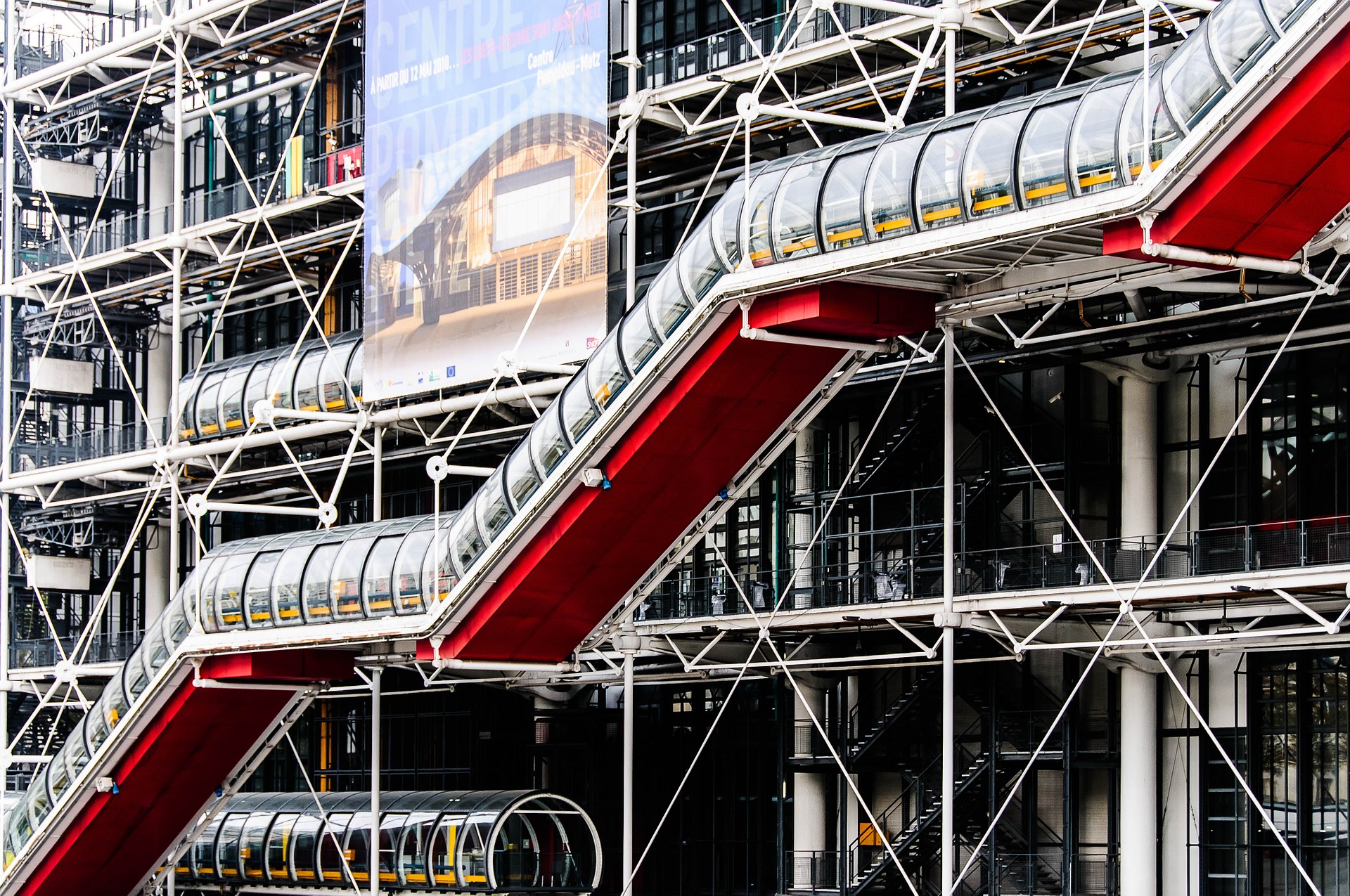 Paris has a very special image among other world cities. It’s known for its huge cultural heritage. But its cultural scene is also very well alive. One can see it through the example of street artists coming to Paris from all over the world.
Paris has a very special image among other world cities. It’s known for its huge cultural heritage. But its cultural scene is also very well alive. One can see it through the example of street artists coming to Paris from all over the world.
Every city has a specific image, created through various branding strategies that translate the immaterial phenomon of the ‘imaginary’ into tangible economic output. Paris brands itself heavily relying on its historical artistic past that works as a city aura generator which has spread worldwide and attracts creative people to Paris.
However, the reality is not that simple: the modern city is like an organism, frequently compared with a living creature that has a complex structure of grids and networks within it. In this sense, Paris is a city, where culture has two distinctive dimensions. On the one hand, municipal authorities promote culture as a branding mechanism for the city. On the other hand, artists themselves, regardless of political implications, are creating cultural nodes within the urban landscape. Hence, the phenomenon of the Parisian cultural landscape is rooted in the ongoing intersection of top-down political incentives and bottom-up initiatives.
Street artists and their bottom-up initiatives.
Therefore, the picture of street-artists, be it of painters, soul-musicians, or hippie-groups playing Beatles’ covers, is very much embedded in the image of Paris. Even though the Parisian street artists are the subjects of borderline illegality, they are very welcomed by Parisian authority, as a part of Paris soul. ‘Public spaces are windows into the city soul’[1]
Branding Paris – the ‘ultimate city’ through top down polices
This legendary city is praised and glorified in literature and art as the city of love, magic, and extremes. Even more important is the perception and reputation of Paris as a city of free artistic performances. Today, Paris holds the position of one of the world’s artistic capitals, after implementing an intensive culture policy[2] that is highly focused on space appropriation and promoting ‘free’ art. As examples of those top down policies: Paris’ Mayor has promoted interactive art and culture in the city, that has resulted within very successful projects including Nuit Blanche, Centre 104 and “la residence internationale des artistes”[3]. City is doing a lot of efforts in order to bring back the narrative nourished over hundreds of years. These policies are encouraging some unexpected social dynamics, related to art performances in the urban space. Paris narratives attract young street artists to come and to perform on its’ narrow middle ages streets of the city center. Moreover, as the result, many foreign artistes are coming to be heard in this particular place of the city. Many foreigners romanticize the idea of becoming street artists in Paris. To them, the experience is a
Paris is a stage by will and history
Paris is a city with strong cultural policies launched from the top, which have associated effects with the intentions of the bottom. Therefore, the art “of the streets” is widely used as a means of gentrification. In Paris one can observe the vice versa tendency: Parisian street-based artists are fighting to reclaim the city spaces—the imaginary realm, translated through cultural heritage and promoted by city-branding. Within the era of social media, of Instagram, Facebook and other networks that link the world, Paris will continue to be a world stage and represent an open floor for the new artistic community.
[1]Zukin, S. (1995).The Cultures of Cities. Malden and Oxford: Blackwell Publishing.
[2]http://francecanadaculture.org/en/visual-arts/news/paris-world-capital-art
https://www.artsy.net/article/artsy-editorial-contemporary-art-s-most-influential-cities

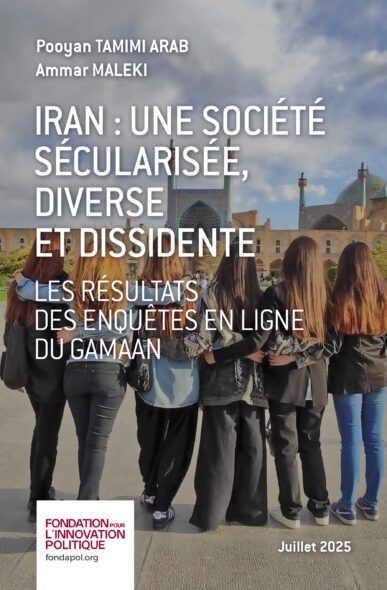


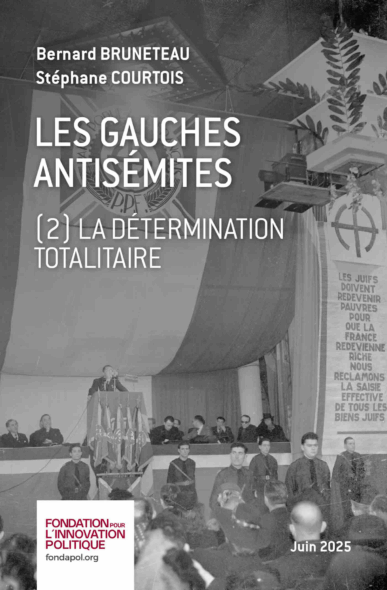
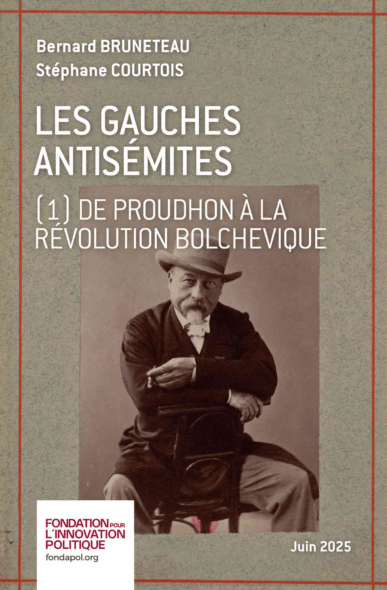
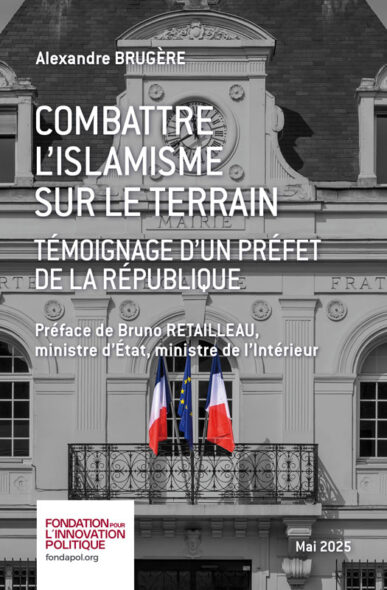
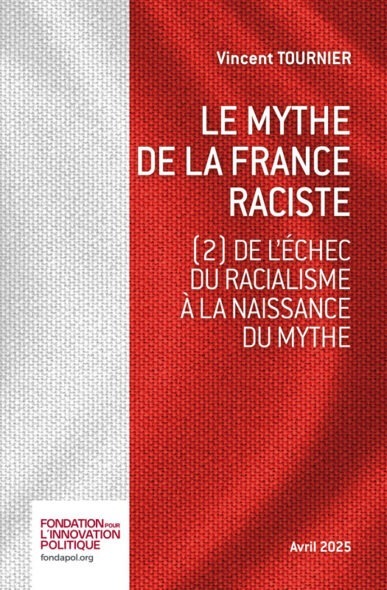

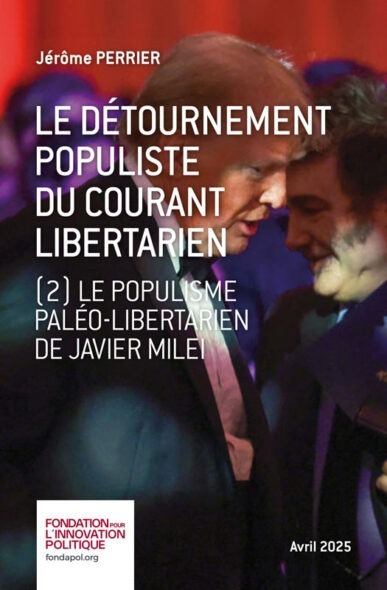
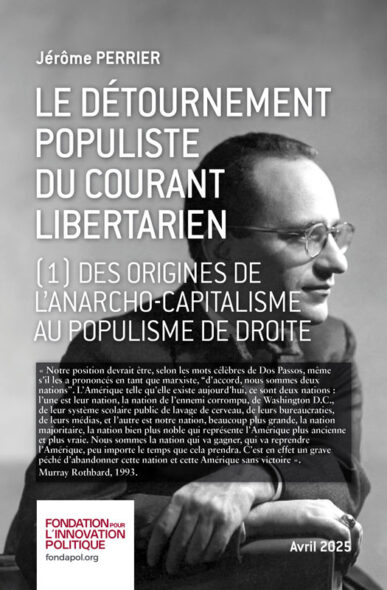
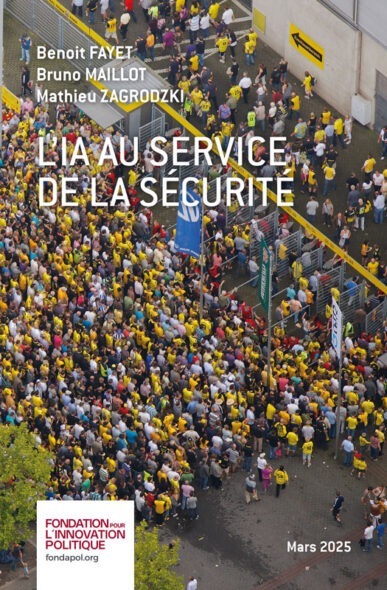
Aucun commentaire.